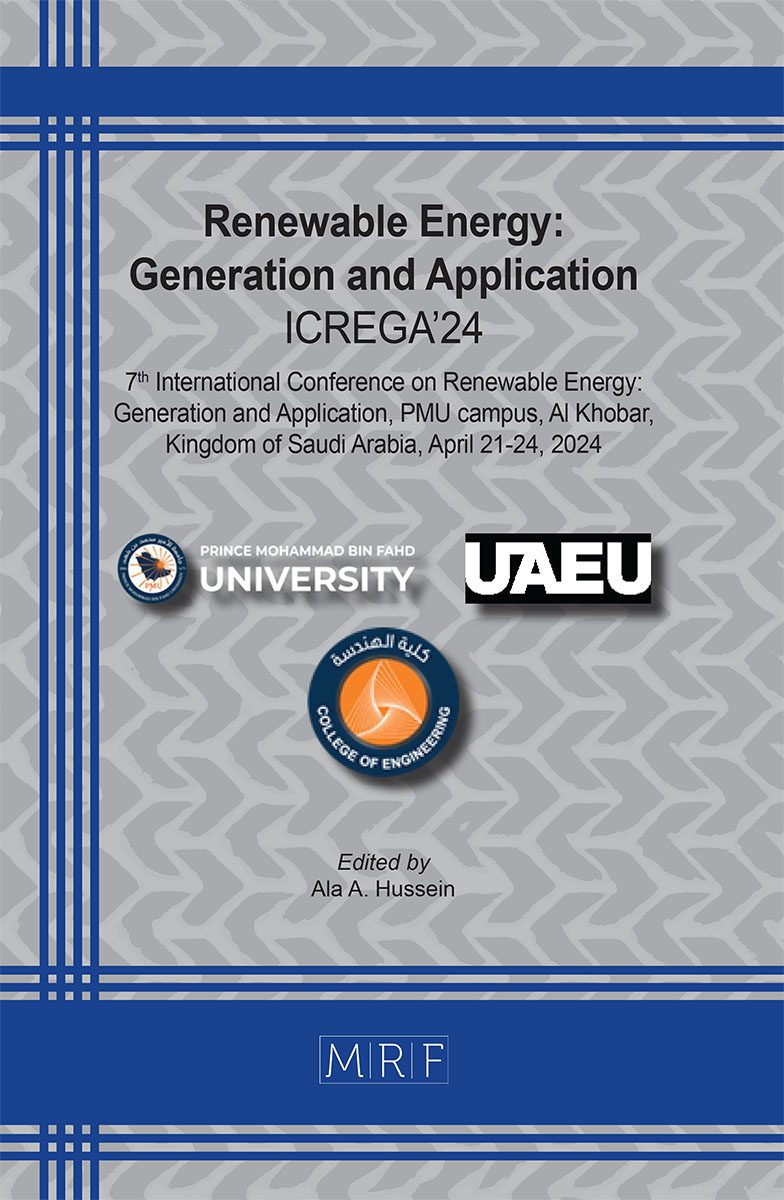–
Sliding mode control for grid integration of point absorber type wave energy converter
Abdin Y. ELAMIN, Addy WAHYUDIE
download PDFAbstract. This paper addresses the integration of a point absorber type wave energy converter into power grids, a process complicated by wave energy’s intermittent and unpredictable nature. It proposes a sliding mode control strategy with an exponential reaching law in a voltage-oriented control architecture for the grid-side converter of the point absorber. The control objective is to maximize the transfer of generated power to the electrical grid, while concurrently stabilizing the DC bus voltage at a predetermined value and achieving a unity power factor. Results from simulations conducted within a MATLAB framework underscore the efficacy of the sliding mode control approach in sustaining specified DC bus voltage values, and in regulating the direct and quadrature currents by minimizing their respective tracking errors.
Keywords
Current Controllers, DC Bus Regulation, Grid Integration, Phase Locked Loop Point Absorber, Resistive Loading, Sliding Mode Control, Wave Energy
Published online 7/15/2024, 8 pages
Copyright © 2024 by the author(s)
Published under license by Materials Research Forum LLC., Millersville PA, USA
Citation: Abdin Y. ELAMIN, Addy WAHYUDIE, Sliding mode control for grid integration of point absorber type wave energy converter, Materials Research Proceedings, Vol. 43, pp 246-253, 2024
DOI: https://doi.org/10.21741/9781644903216-32
The article was published as article 32 of the book Renewable Energy: Generation and Application
![]() Content from this work may be used under the terms of the Creative Commons Attribution 3.0 license. Any further distribution of this work must maintain attribution to the author(s) and the title of the work, journal citation and DOI.
Content from this work may be used under the terms of the Creative Commons Attribution 3.0 license. Any further distribution of this work must maintain attribution to the author(s) and the title of the work, journal citation and DOI.
References
[1] A. Wahyudie and M. Jama, “Perspective on damping control startegy for heaving wave energy converters,” IEEE Access, vol. 5, 99. 22224-22233, 2017. https://doi.org/10.1109/ACCESS.2017.2757278
[2] O. Saeed et al, “Simple resonance circuit to improve power conversion in a two-sided planar permanent magnet linear generator for wave energy converters,” IEEE Access, vol. 5, pp. 18654-18664, 2017. https://doi.org/10.1109/ACCESS.2017.2752466
[3] M. Jama et al., “Self-tunable fuzzy logic controller for optimization of heaving wave energy converters,” in proc. of ICRERA 2012, pp. 6477273, 2012. https://doi.org/10.1109/ICRERA.2012.6477273
[4] S. Rasool et al, “Coupled modeling and advanced control for smooth operation of a grid-connected linear electric generator based wave-to-wire system,” IEEE Transactions on Industry Applications, vol. 56, no. 5, pp. 5575-5584, 2020. https://doi.org/10.1109/TIA.2020.3004759
[5] H. A. Said, D. García-Violini, and J. V. Ringwood, “Wave-to-grid (W2G) control of a wave energy converter,” Energy Conversion and Management: X, vol. 14, p. 100190, 2022. https://doi.org/10.1016/j.ecmx.2022.100190
[6] K. Zeb et al., “A comprehensive review on inverter topologies and control strategies for grid connected photovoltaic system,” Ren. and Sust. Energy Reviews, vol. 94, pp. 1120-1141, 2018. https://doi.org/10.1016/j.rser.2018.06.053
[7] J. Liu, Sliding mode control using MATLAB. Academic Press, 2017. https://doi.org/10.1016/B978-0-12-802575-8.00005-9
[8] A. Y. Elamin et al., “Real-time Model Predictive Control Framework for a Point Absorber Wave Energy Converter with Excitation Force Estimation and Prediction,” IEEE Access, 2023. https://doi.org/10.1109/ACCESS.2023.3347731












